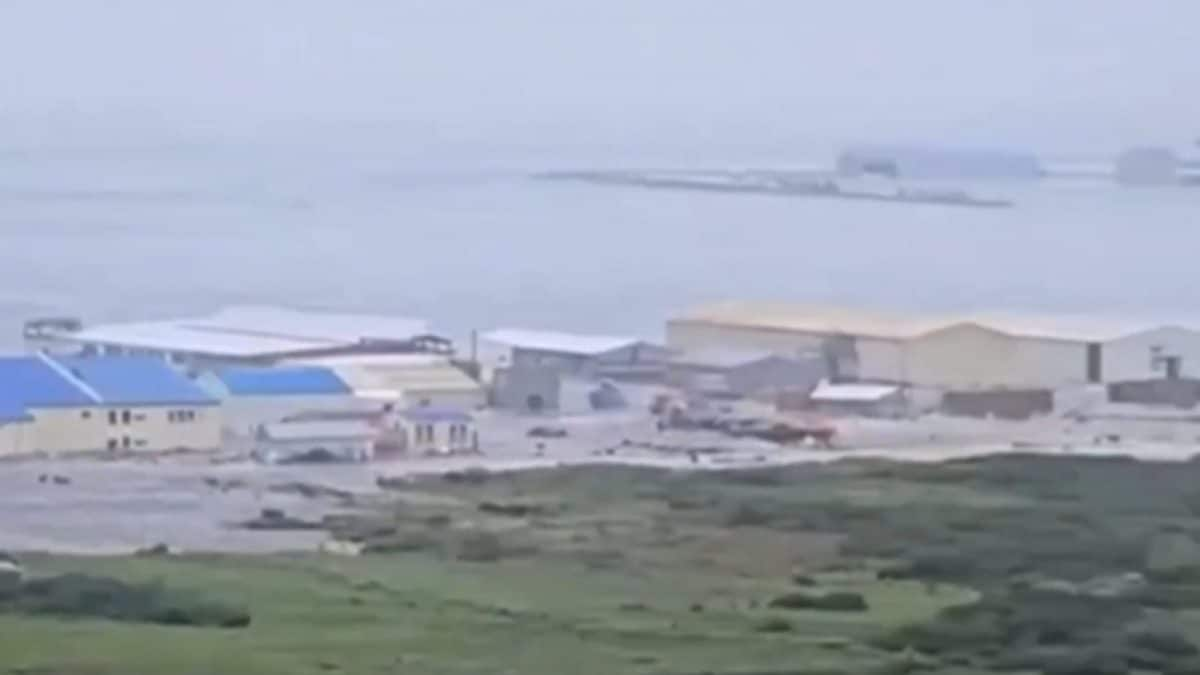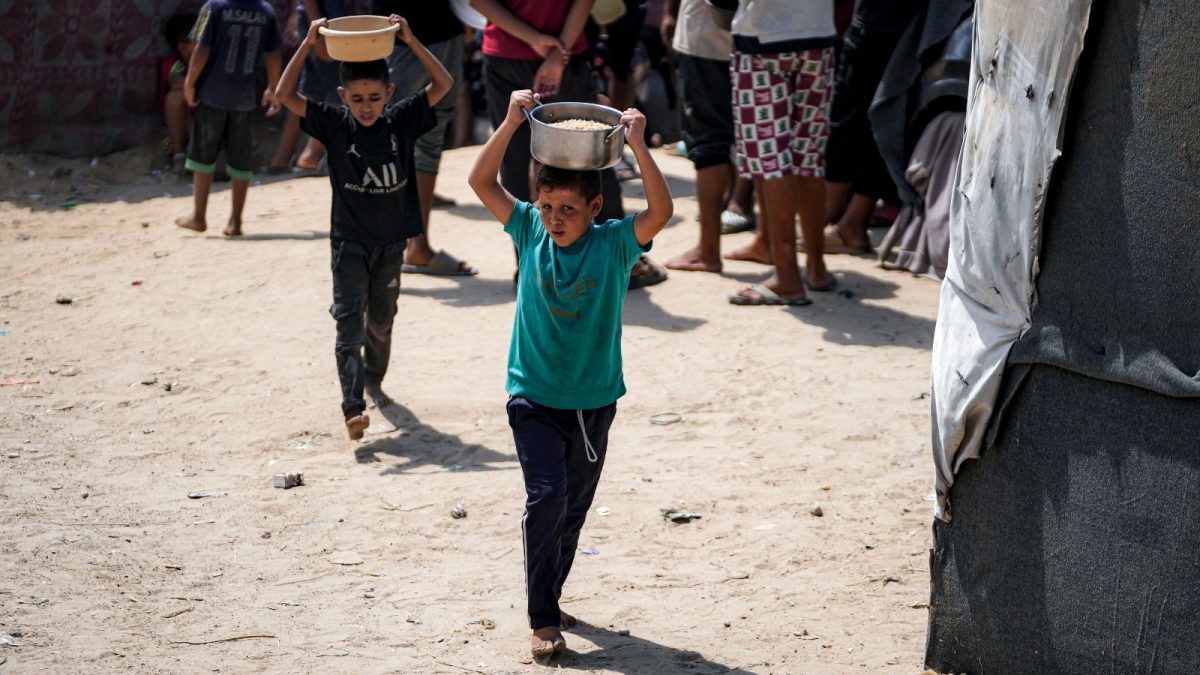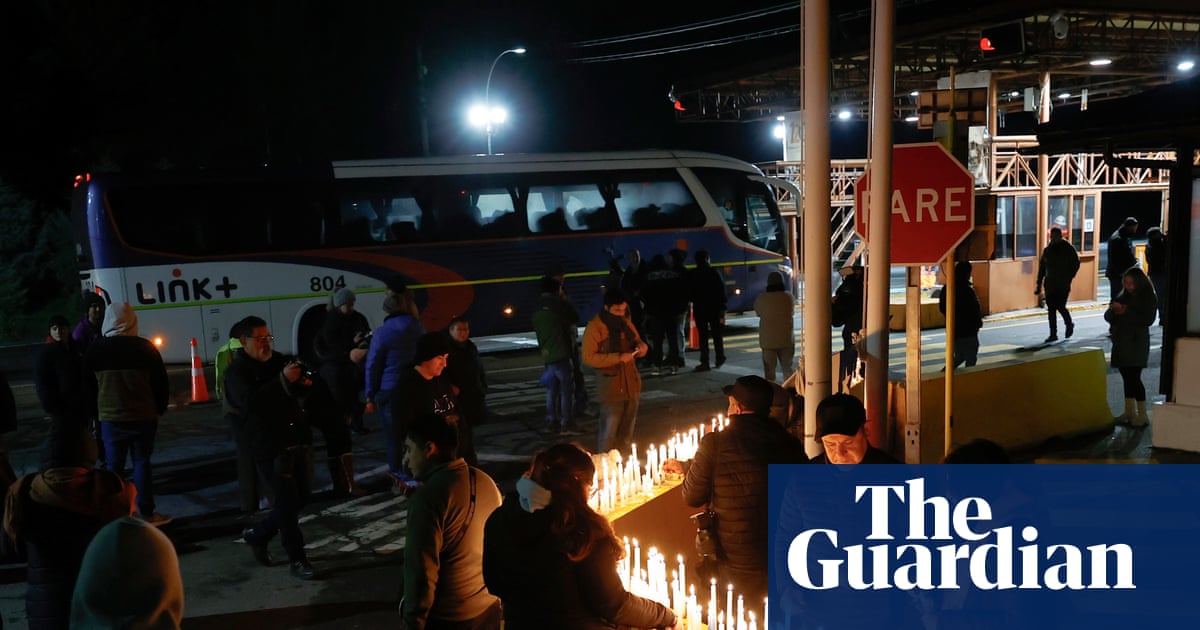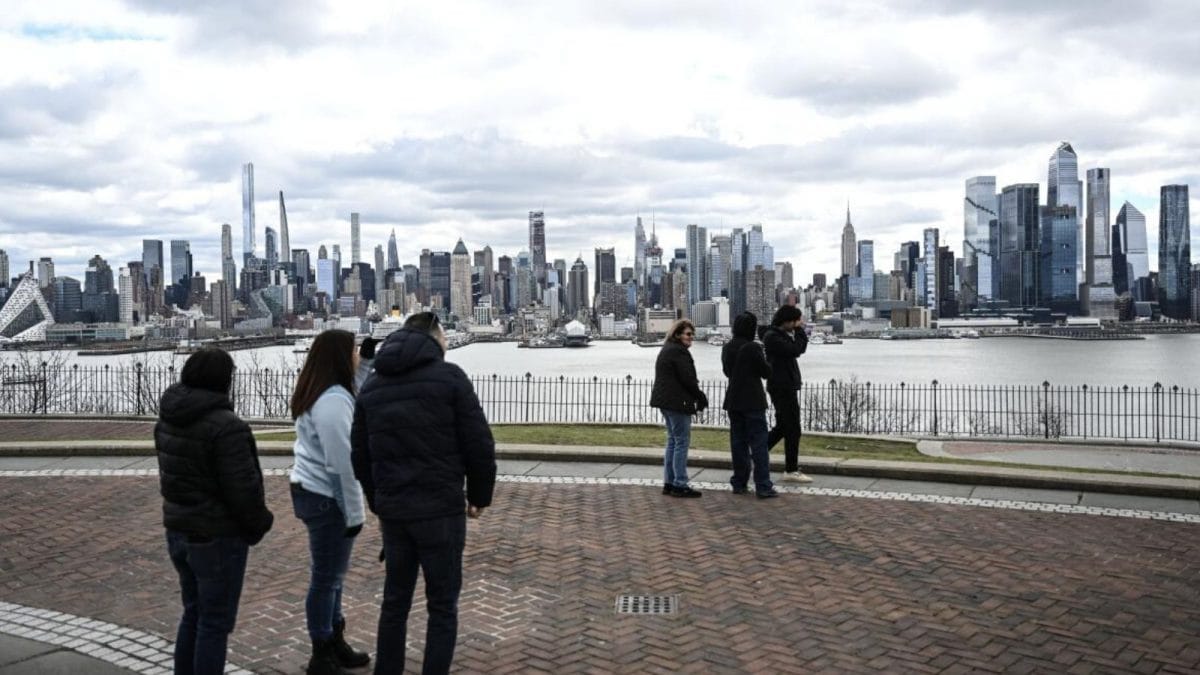Last Updated:June 14, 2025, 15:34 IST
Internal contamination at Iran’s Natanz site has raised urgent questions about what could unfold if nuclear facilities become targets in war

The Iranian Atomic Energy Organization confirmed that the Natanz facility, a central part of the country’s nuclear infrastructure, sustained damage. (Photo File: Planet Labs PBC via AP)
Israel’s recent strike on Iran’s Natanz nuclear facility, part of Operation Rising Lion, has reignited concerns about the dangers of bombing nuclear infrastructure. The Atomic Energy Agency (IAEA), through Director General Rafael Grossi, confirmed that the above-ground portion of Natanz’s Pilot Fuel Enrichment Plant, where uranium was enriched up to 60 per cent, was destroyed, causing chemical and radiological contamination inside the site. Crucially, external radiation levels remain unchanged, indicating no threat to the surrounding environment.
The incident has brought back into focus a critical question: What could happen when a nuclear site is bombed?
The consequences vary, depending on what part of the facility is hit, whether radioactive material is present, and how the site is designed.
Based on recent developments and past examples, here’s a breakdown of the potential fallout from such strikes, including radiation risks, environmental contamination, civilian impact, and long-term geopolitical escalation.
The Strike Could Disable The Site Without Causing Fallout
If the goal is to disrupt operations, such as halting uranium enrichment, a carefully planned strike might target above-ground equipment, power lines, centrifuges, or tunnels, while avoiding areas that house radioactive material. This kind of operation is designed to stop or delay a nuclear programme without releasing radiation.
Israel has carried out such strikes in the past. In 1981, it bombed Iraq’s Osirak reactor before it became operational. In 2007, it struck Syria’s suspected nuclear facility in Al-Kibar. Neither case resulted in radioactive contamination, largely because the facilities weren’t yet active or did not contain nuclear fuel.
However, such outcomes rely on precise intelligence and timing. If the site is already storing enriched uranium or radioactive waste, the risks change significantly.
A Radiation Leak Could Occur If Sensitive Material Is Hit
If a strike damages parts of a facility that contain enriched uranium or spent fuel, radiation could be released. In the case of Natanz, the IAEA has confirmed internal chemical and radiological contamination, though external levels remain normal.
The scale of contamination in any strike would depend on the form and quantity of the material, as well as whether the storage systems or cooling mechanisms are breached.
Even without a nuclear detonation, which is not possible without a warhead, the release of radioactive particles into the air, soil, or water could affect surrounding areas. This kind of leak could expose workers and civilians to radiation, require clean-up operations, and force evacuations.
The spread of contamination would also depend on weather, terrain, and whether the facility is located above or below ground.
The Effect Could Resemble A Dirty Bomb
In the event of an explosion that disperses radioactive material into the air, the site could be contaminated in a way similar to a “dirty bomb" — a conventional weapon laced with radioactive substances. This wouldn’t produce a nuclear explosion but could render parts of the area uninhabitable and trigger widespread fear.
This scenario is more likely if the strike causes fires, breaches storage containers, or hits concentrated radioactive powder or gas. Cleanup would be time-consuming and expensive, and the political consequences could be long-lasting.
There May Be Infrastructure Damage
While nuclear facilities like Natanz are typically located in remote and secured zones, airstrikes on them can still cause collateral damage. Secondary blasts, fires, or infrastructure failures could injure plant personnel, damage technical buildings, or disrupt utilities like electricity and water. In some cases, nearby transport routes or logistics hubs may also be affected.
Diplomatic And Military Escalation
Targeting a nuclear facility is widely viewed as a major escalation with far-reaching diplomatic and security consequences. Such strikes could prompt the targeted country to scale back cooperation with nuclear oversight bodies, withdraw from international agreements, or accelerate its nuclear programme in response. It may also retaliate militarily, either directly or through regional proxies, further destabilising an already volatile region.
The country carrying out the strike could also face international condemnation, diplomatic isolation, or sanctions, especially if the attack is seen as breaching long-standing norms around nuclear infrastructure. Even when there’s no radiological fallout, the political consequences of such actions can ripple across global institutions and alliances.
In the current case, Iran has already launched missile and drone attacks in response to Israel’s operation, confirming that military retaliation is underway. It has also suspended nuclear talks with the United States, which were scheduled to take place in Oman on Sunday.
Such Strikes Set A Precedent for Future Conflicts
Bombing nuclear infrastructure, even if carefully executed, risks normalising such actions as a form of warfare. It could open the door for similar operations in other conflict zones and increase the vulnerability of nuclear sites, including those used for peaceful or dual-use purposes, in future wars.
That’s why nuclear facilities have historically been treated as off-limits under international norms, not just because of the physical risks involved, but also due to the long-term damage such strikes can do to global trust in non-proliferation frameworks and international oversight.
Conclusion
A strike on a nuclear facility is rarely a contained event. While it may succeed in disrupting operations, it also carries risks that extend far beyond the target: radiation exposure, regional instability, and the weakening of global non-proliferation frameworks – the international rules and agreements that aim to prevent the spread of nuclear weapons.
In the case of Natanz, contamination has already occurred within the site, though the external environment remains unaffected. Still, the questions this raises, about how close the world is to disaster when nuclear infrastructure is hit, are more relevant than ever.
The News Desk is a team of passionate editors and writers who break and analyse the most important events unfolding in India and abroad. From live updates to exclusive reports to in-depth explainers, the Desk d...Read More
The News Desk is a team of passionate editors and writers who break and analyse the most important events unfolding in India and abroad. From live updates to exclusive reports to in-depth explainers, the Desk d...
Read More
News explainers Israel-Iran War: What Could Happen If A Nuclear Site Is Bombed | Explained

 1 month ago
1 month ago

















